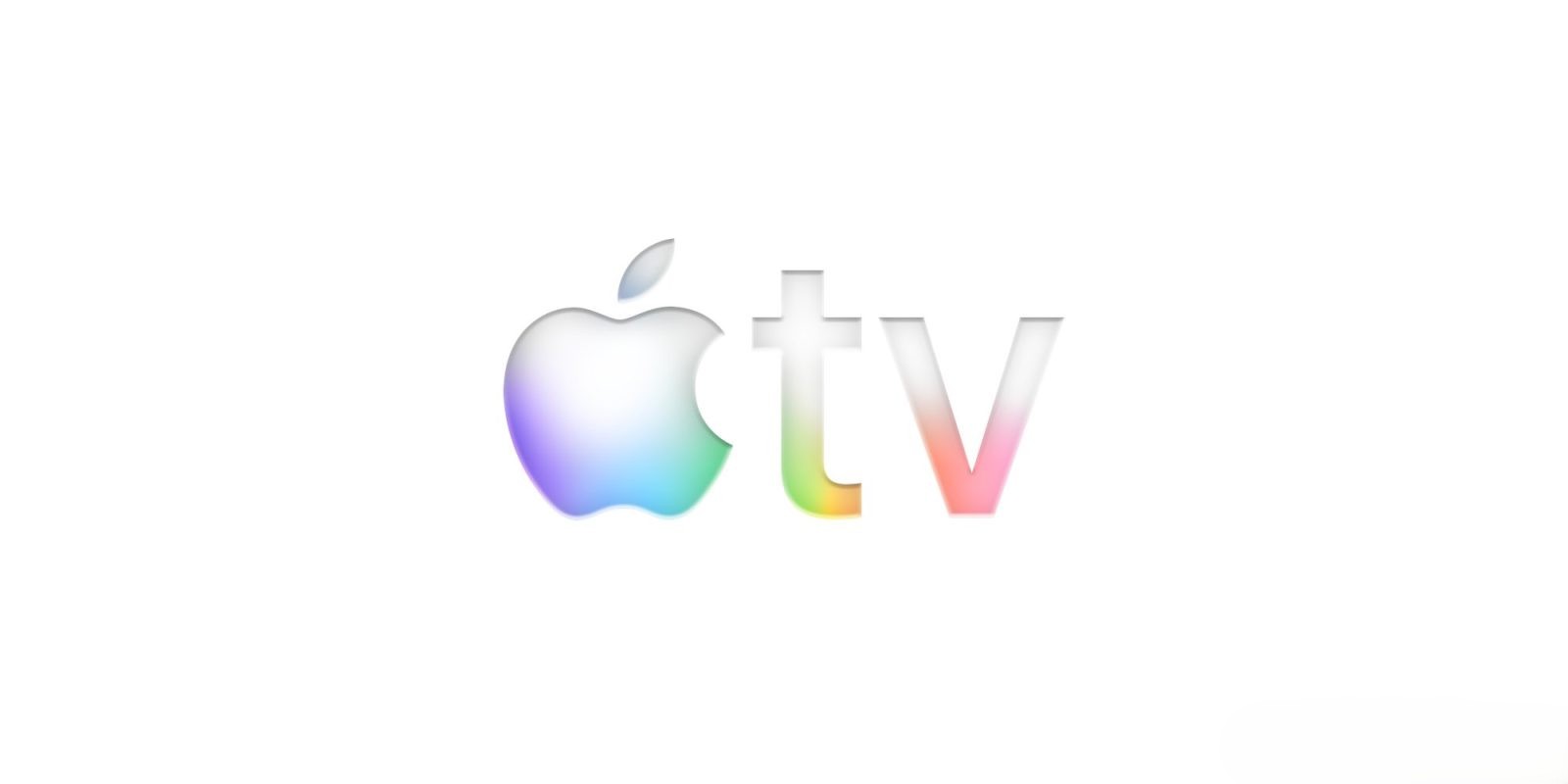The Open Web Advocacy (OWA), a non-profit organization dedicated to promoting open web standards, has raised concerns that iPhone users continue to lack genuine browser choices, despite regulatory mandates intended to foster competition. The group alleges that Apple deliberately imposes obstacles that hinder the development and adoption of third-party web browsers on its devices, primarily to safeguard its substantial profits derived from Safari.
Historical Context and Regulatory Actions
Since the inception of the iPhone, Apple has maintained strict control over web browsing by requiring all browsers on its platform to utilize its proprietary WebKit engine. This policy effectively limited the functionality and performance of third-party browsers, as they could not offer features or speeds surpassing those of Safari. In response to these restrictions, the European Union’s Digital Markets Act (DMA) mandated that Apple permit third-party browsers to operate using their own engines, aiming to enhance competition and provide users with more diverse options.
Challenges Faced by Third-Party Browser Developers
Despite the regulatory directive, more than a year later, no third-party browsers with independent engines have been successfully launched on iOS devices. The OWA attributes this stagnation to several deliberate barriers imposed by Apple:
– Technical Barriers: Initially, Apple did not provide developers with the necessary tools to test and integrate their browser engines effectively.
– Legal Constraints: Developers are subjected to stringent and unilateral legal terms that deter innovation and limit the viability of alternative browsers.
– Marketing Limitations: Apple’s policies prevent existing third-party browser users from upgrading to new versions seamlessly, instead requiring them to download entirely new applications.
– Practical Restrictions: Users traveling outside the European Union for more than 30 days face the inability to update or install apps from third-party app stores, further complicating the adoption of alternative browsers.
While Apple has addressed some technical issues by providing testing tools, the OWA contends that the other barriers remain firmly in place, effectively stifling competition.
Financial Incentives Behind Apple’s Policies
The OWA suggests that Apple’s reluctance to facilitate genuine browser choice is driven by financial considerations. Safari is reported to be one of Apple’s most profitable products, accounting for approximately 14-16% of the company’s annual operating profit. This substantial revenue stream is bolstered by lucrative agreements with search engine providers, such as Google’s reported $20 billion annual payment to remain the default search engine on Safari. These arrangements have been scrutinized in antitrust investigations, with allegations that they contribute to maintaining monopolistic control over the search and browser markets.
Global Implications and Regulatory Responses
The issue of browser choice is not confined to the European Union. In the United States, similar concerns have been raised regarding Apple’s control over the iOS ecosystem. A lawsuit filed by the U.S. Department of Justice alleges that Apple’s practices harm smaller competitors and increase prices, calling for the restoration of competitive conditions. If successful, this legal action could lead to significant changes in how Apple manages its App Store and browser policies, potentially benefiting consumers by providing more choices and fostering innovation.
The Path Forward
The OWA’s advocacy highlights the ongoing tension between large technology companies’ business models and regulatory efforts to promote competition and consumer choice. While Apple has made some concessions, the persistence of various barriers suggests that achieving true browser diversity on iOS devices remains a distant goal. Continued regulatory scrutiny and potential legal actions may be necessary to ensure that users have access to a broader range of web browsing options, ultimately fostering a more open and competitive digital environment.



